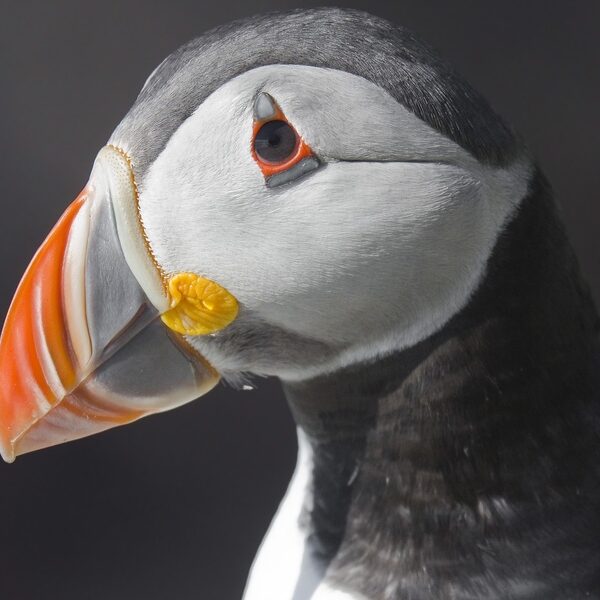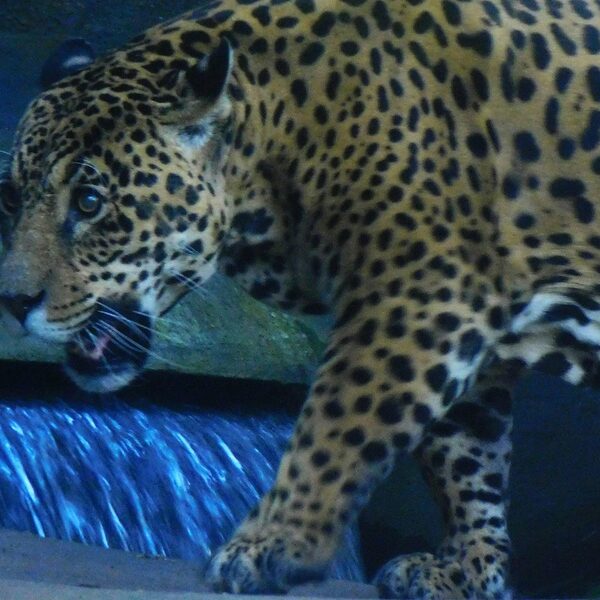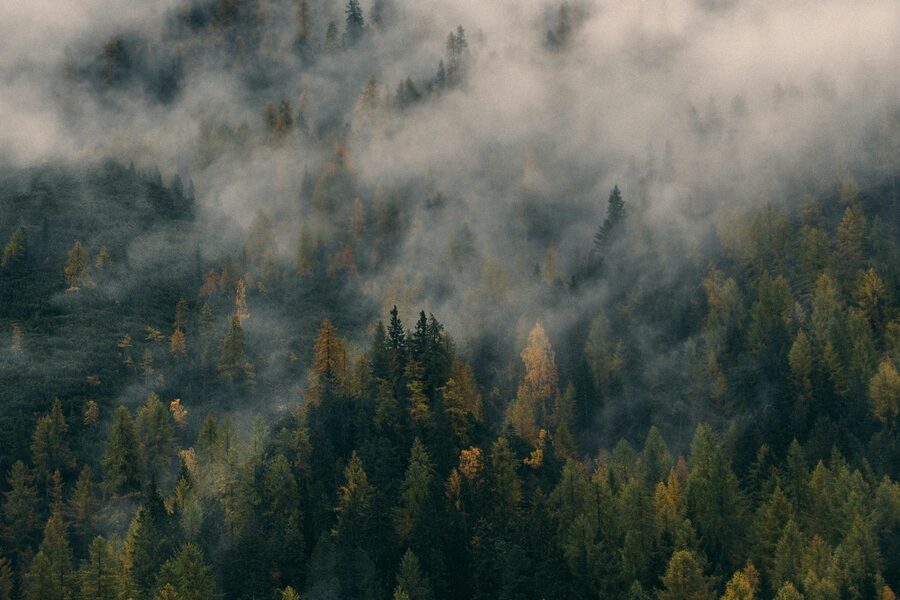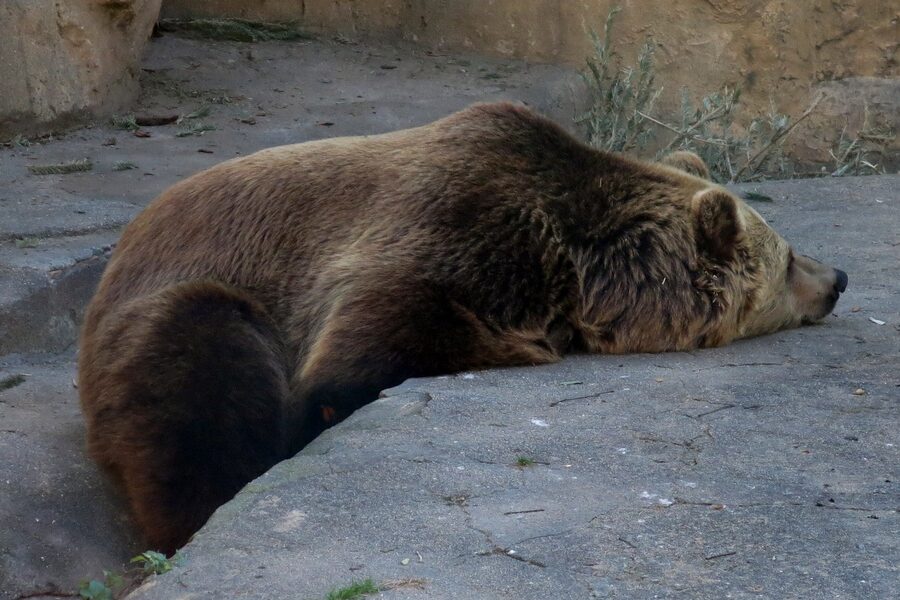Coniferous forests represent some of the most recognizable and widespread forest types on Earth, dominated by cone-bearing trees such as pines, spruces, firs and cedars. They range from the vast boreal belts that circle northern continents to montane stands and coastal groves, and they host distinctive plant and animal communities adapted to cold, dry or fire-prone conditions. These ecosystems play large roles in the global carbon cycle, support timber and non-timber livelihoods, and sustain cultural traditions for many Indigenous and rural communities. Understanding their plants and animals reveals how species interact with climate, fire and human use.
Context
Conifer-dominated vegetation has a deep evolutionary history, with early cone-bearing plants present before the rise of flowering plants. Today, coniferous forests include the boreal or taiga zone—one of the largest terrestrial biomes—along with temperate and montane stands on every continent except Antarctica. Scientifically, these forests are studied for their adaptations to cold winters, nutrient-poor soils, and periodic disturbance regimes like wildfire. Economically, conifer wood underpins large segments of the forestry and paper industries, while non-timber products include resins and berries. Culturally, many Indigenous groups have long-standing relationships with conifer landscapes for food, materials and spiritual practices. Current research emphasizes their role in carbon storage and the effects of climate change on species composition and disturbance patterns.
Scope and coverage
This collection of Coniferous Forest Animals and Plants encompasses the major life forms and interactions found in conifer-dominated ecosystems. Expect overviews of the key tree genera, common understory plants such as mosses, lichens and shrubs, and the mammals, birds, insects and fungi that depend on these forests. Coverage also includes habitat types—from boreal taiga to montane and coastal stands—basic ecological processes like nutrient cycling and fire ecology, and human connections including traditional uses and sustainable management themes. The focus is on clear, accessible information about species, habitats and ecological relationships rather than exhaustive species lists.
Little-known facts about coniferous forest life:
- Conifers include familiar genera such as Pinus (pines), Picea (spruces), Abies (firs), Larix (larches) and Cedrus (cedars), each adapted to different climates and soils.
- Not all conifers are evergreen: larches (Larix) and a few others drop their needles each autumn and regrow them in spring.
- Some individual conifer trees are among the oldest living organisms; for example, bristlecone pines can live more than 4,800 years.
- Cone traits vary widely: certain species have serotinous cones that open after heating by fire, an adaptation to regenerate after wildfires.
- The boreal or taiga is the largest terrestrial biome and stores large amounts of carbon in trees and soils, including peatlands beneath some conifer stands.
- Lichens and mosses form a crucial understory in many conifer forests, providing winter forage for caribou and reindeer and supporting diverse invertebrate communities.





